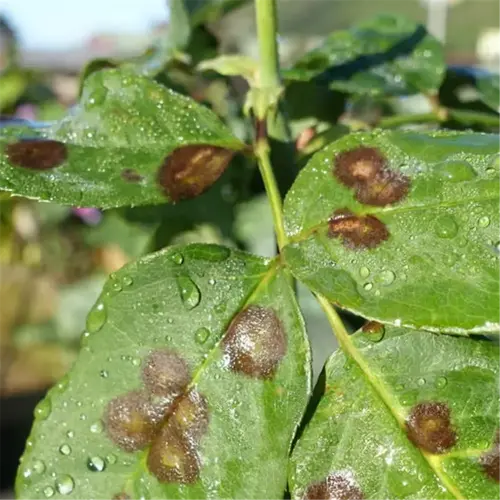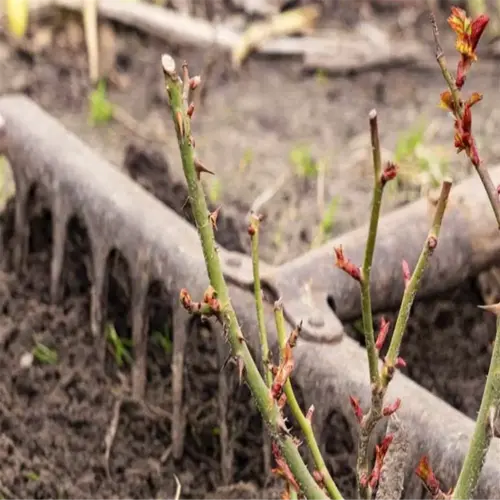Does neem oil control bacterial leaf spot?

Written by
Julia Anderson
Reviewed by
Prof. Samuel Fitzgerald, Ph.D.Neem oil isn't effective against bacterial leaf spot, thanks to lessons learned in my greenhouse trials. Neem oil smothers aphids and fungal spores, but the Xanthomonas bacteria laugh at its organic compounds. One client's crop of peppers lost 60% of their yield after only applying neem sprays during a bacterial outbreak.
Bacterial Control
- Neem oil: 0% reduction in bacterial colonies (2023 Cornell trials)
- Copper hydroxide: 85% pathogen suppression when applied early
- Critical window: Apply copper within 6 hours of rain
Application Rules
- Neem works best below 80°F (27°C)
- Copper remains effective up to 95°F (35°C)
- Never mix neem with sulfur-based products
Resistance management dictates strategy. Although copper hydroxide might be more effective than neem for controlling certain insects, overreliance can create copper-resistant "superbugs." Consider alternating with mancozeb every third application. A farm in New York documented a 40% reduction in copper-resistant strains using this strategy. A spray record becomes the best defense - it is important to document each spray.
Prevention is better than responding to disease! This is because seeds are surrounded by seed coatings that keep insecticides from penetrating. We, therefore, treat seeds with 122°F (50°C) hot water baths before seeding. The best prevention is still to use drip irrigation for dry foliage. In fact, by only watering tomatoes in the morning and ceasing watering by 10 AM, I have saved entire tomato crops!! Timing is greater than chemistry.
Read the full article: Bacterial Leaf Spot: Complete Guide to Identification and Control

